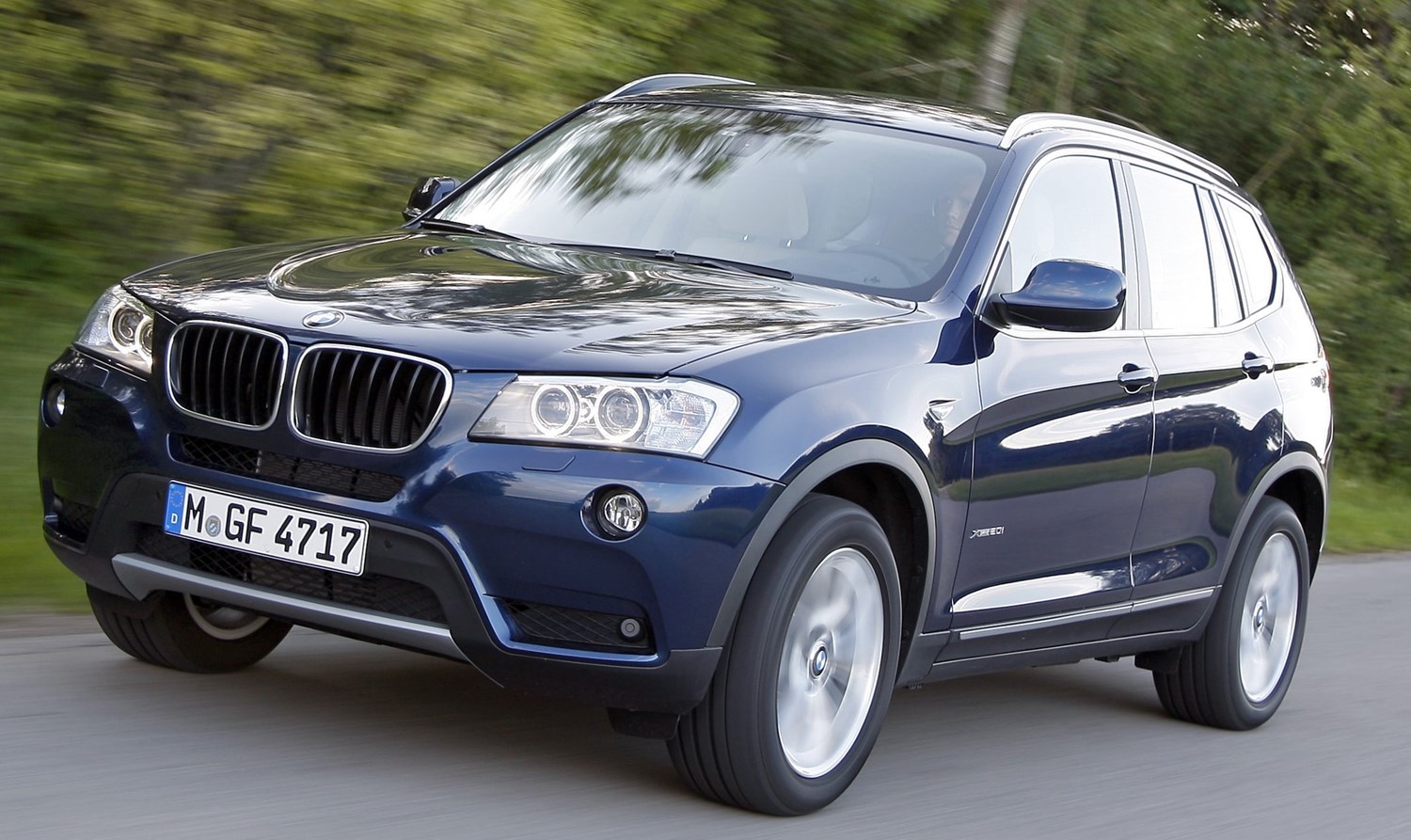Latest Model
Originally brought to the market in 2010, the Mk II X3 came with a much-improved chassis and a more capable interior layout that helped to improve overall drive and practicality respectively.
With the update in 2014, BMW made it more efficient with a new range of diesel engines that offered more performance but lower emissions, as well as an evolved exterior design.
New cosmetic features were also added, but the chassis and overall feel of the car stayed the same, which was a good thing.
As the model that started the mid-size premium SUV segment, the X3 does have a lot of challengers that have even surpassed it in terms of quality and performance, but the X3 does have plenty of good things going for it and is among a small yet competitive group.
Value for money
From the base SE spec, the X3 does come with plenty of features – as its rivals do also – and they include two-zone automatic air conditioning, Bluetooth hands-free and media streaming, front and rear park distance control, xDrive four-wheel drive system, automatic tailgate, cruise control with braking assist and hill descent control to name but a few.
The X3 is crammed with plenty of accessories besides those mentioned but £34,455 starting price may seem a bit excessive when some high-spec large SUVs from cheaper brands can offer similar features for the same or less.
If you want the current X3 but with a bit more bang for your buck, there are used options with high levels of spec available. For example, an M Sport-trimmed xDrive35d model from 2015 is on the market for £33,991, which produces 309bhp from its 3.0-litre diesel unit that is paired with an automatic transmission.
With the model you get satellite navigation, M-specific aerodynamic styling, variable damper control, high beam assistant, heated sport front seats, an improved speaker system, multi-function leather steering wheel and head-up display. Also coming with only 9,202 miles on the odometer, this model is still rather fresh and this is just one of many that are on offer on the pre-owned market.
Looks and image
BMW has managed to refine the looks of their SUVs and the latest generation X3 is arguably the best-looking of the bunch. With the muscular exterior design and well-proportioned stature, the X3 has fantastic road presence and with short overhangs at each end of the chassis it is built to cope off the beaten track, although the X3’s technology does affect its overall off-road performance.
The interior is, however, very safe, very BMW and quite sterile to be completely honest. It is laid out well though and all the infotainment controls are simple to use, but a much needed update and new generation is coming before the end of 2017.
As some can feel cumbersome and sluggish through the corners, the X3 does its level best to be as saloon-like as possible and BMW has done a very good job. With the help of the as-standard xDrive all-wheel drive system, grip isn’t hard to come by and with the help of a balanced chassis and well-engineered suspension, all X3 models handle very well.
The optional adaptive suspension improves the ride and handling even further, so that option and trim level is well worth looking at. Despite being a big car, it is agile and body roll is kept in check surprisingly well.
Comfort-wise the X3 does well with the standard suspension as it soaks up most bumps and potholes comfortably but can be unsettled on more uneven surfaces. The M Sport fairs much worse, however, as it doesn’t settle down on most surfaces and can feel very firm especially when specced with the 19-inch alloys that come as standard with that trim level.
We’d recommend the adaptive suspension as it will more than cope with comfort and dynamic driving at the touch of a button. Passenger space is quite good too, although the middle passenger seat on the rear set can feel cramped if used for too long as the transmission tunnel takes out a lot of legroom and the rear bench isn’t quite wide enough.





